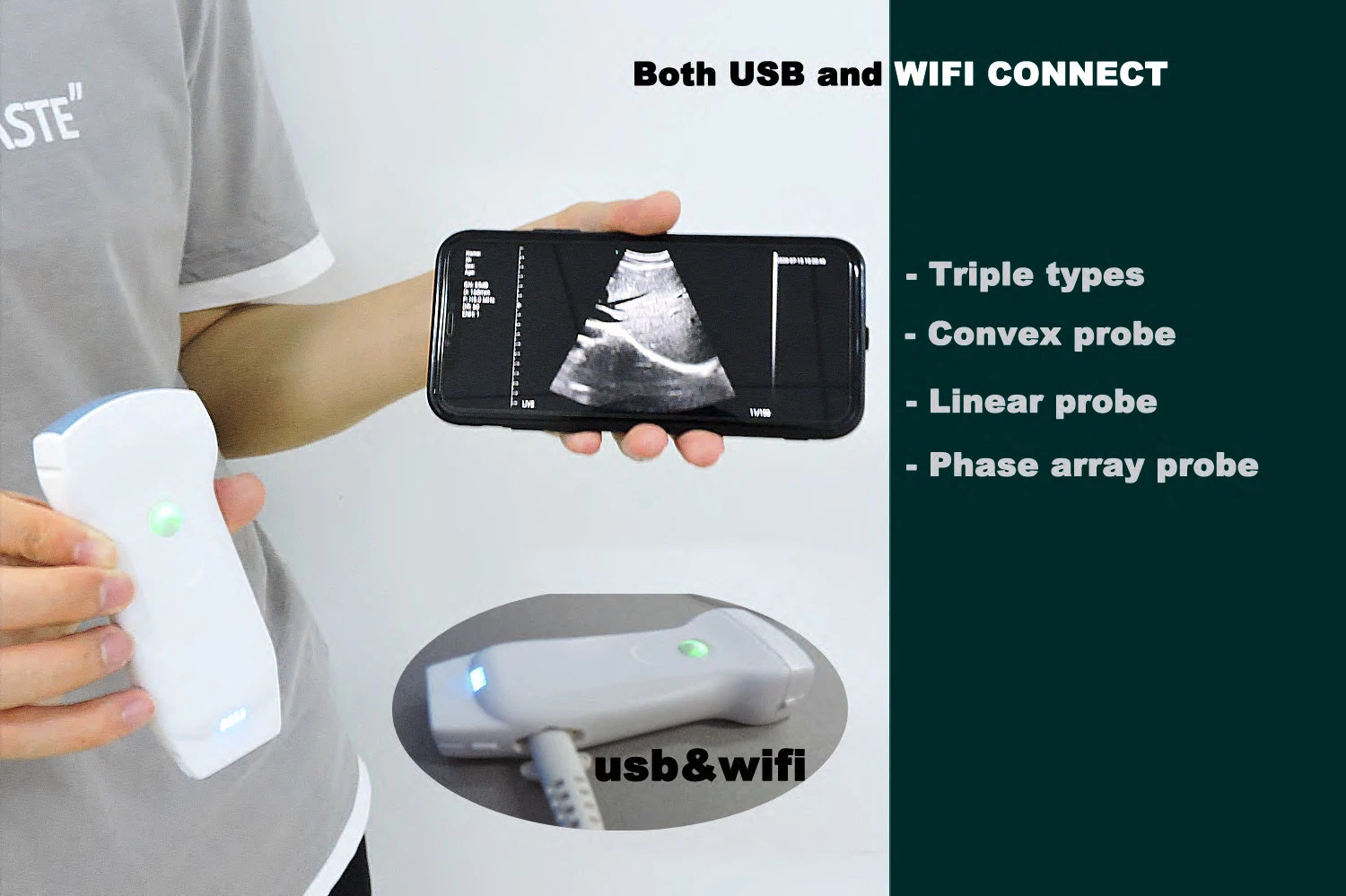
As of my last knowledge update in January 2022, wireless ultrasound probes were already being explored and developed for various medical applications, including critical care. These probes offer the advantage of increased mobility, flexibility, and ease of use compared to traditional wired ultrasound devices.
Wireless ultrasound probes typically use Bluetooth or Wi-Fi technology to transmit imaging data to a connected device such as a tablet or smartphone. This can be particularly beneficial in critical care settings where quick and efficient medical imaging is crucial.
Some potential advantages of wireless ultrasound probes in critical care include:
It’s important to note that the development and adoption of technology in the medical field may have progressed since my last update in January 2022. To get the latest information on the use of wireless ultrasound probes in critical care, I recommend checking recent medical literature, industry news, and consulting with healthcare professionals who are up-to-date with the latest advancements in medical imaging technology.